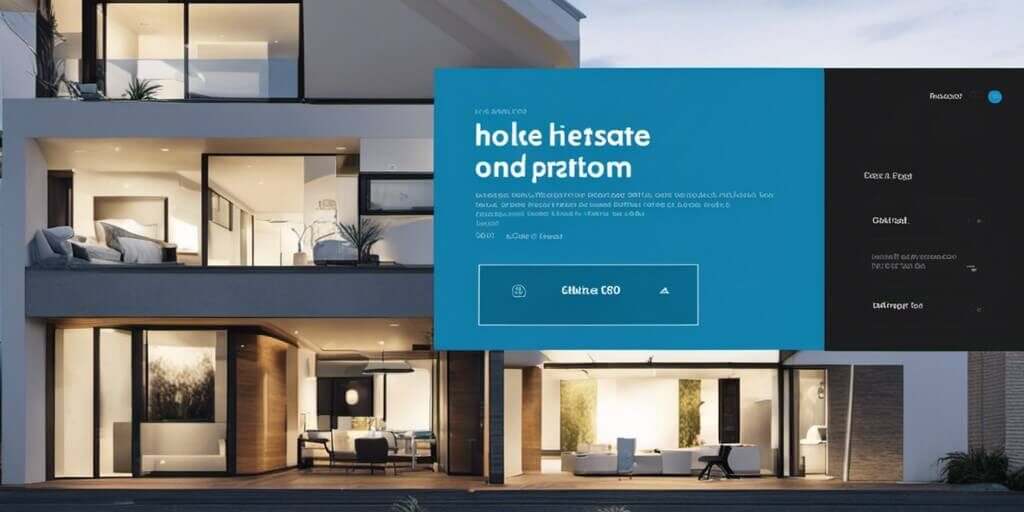Why Your Real Estate Web Design Matters
Did you know that 93% of people start their property search online?
If you’re a real estate agent and don’t have an online presence yet, you’re missing out on a huge chunk of potential clients. But fret not! The solution is simpler than you think: a well-designed, user-friendly real estate website
In this guide, we’ll walk you through the steps to create an exceptional real estate web design that not only looks good but also converts visitors into clients.
Table of Contents
- Choosing a Domain Name
- Content Is King
- User Experience
- Essential Links
- Keeping It Informative
- Contact Details
Choosing a Domain Name: Make It Memorable
Your domain name is your first impression online. Easy-to-remember names not only make it easier for clients to find you but also add credibility to your business.
Opt for a domain name that includes keywords like “homes,” “real estate,” or your specific area of service to enhance your SEO score.
For example, if you operate in San Francisco, a domain like “SanFranHomes.com” could work wonders.
Read more on choosing a great domain name
Content Is King: Say More with Less
The next step is to fill your site with relevant and high-quality content.
Make sure to strike a balance between providing enough information and keeping it concise.
Remember, your content should cater to both new home buyers and seasoned investors.
Consider adding a blog section where you can post articles on home buying tips, market trends, and other relevant topics.
This will not only make your site more informative but also improve your search engine rankings.
Learn how to write good quality SEO content
User Experience: Keep It Simple and Fast
You only have about 15-20 seconds to grab a visitor’s attention. So, ensure your site is easy to navigate.
A complicated or cluttered website can deter a visitor.
Stick to a clean design with intuitive menus and layouts. Make sure the site is mobile-responsive, as a large number of people browse on their phones.
Check out the best web design practices
Essential Links: Guide the User Journey
Navigational links are the lifeline of your website. Make sure each page is linked to the home page, contact information, and other important sections.
Organize these links in a way that guides the user through a journey, from getting to know your services to finally contacting you.
Keeping It Informative: Be the Local Expert
Your website should serve as a resource for potential buyers and sellers. Include listings of available properties and keep them updated.
Highlight the key features of the area you serve—schools, malls, parks, etc., to give a well-rounded view of the community.
Contact Details: Always Be Available
Last but not least, make your contact information easily accessible. Clearly mention the times you’re available and offer alternative ways to reach you, such as through a chatbot or a contact form.
If you’re not available, have someone else on standby to handle queries.
Contact us for more information
Conclusion: Your Next Steps
You’ve got the blueprint; now it’s time to start building. A well-designed real estate website can be a game-changer for your business.
Keep the design clean, the content relevant, and always be accessible to your visitors.
Now, go turn those online visits into property visits!






